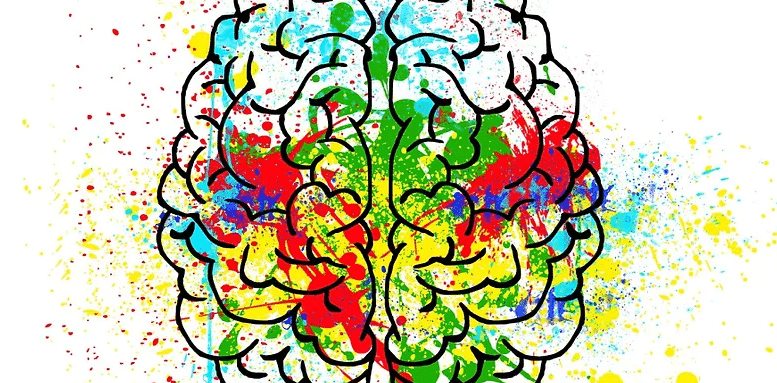Why have we removed Applied Behaviour Analysis from the Learn Platform?

We had An Introduction to Applied Behaviour Analysis (ABA) on our site for a couple of months after a request from an educator. However, after a called with a prominent SEND speaker, we decided to remove it from Learn and here’s why.
Applied Behaviour Analysis (ABA) has been a prominent approach in the field of special education, particularly for children with Autism Spectrum Disorder (ASD). Its methodology, rooted in behaviourist principles, focuses on modifying behaviour through reinforcement techniques. While ABA has been credited with helping many children achieve significant progress, it is not without its critics.
1. Ethical Concerns and the Question of Consent
One of the primary criticisms of ABA is the ethical dilemma surrounding the consent and autonomy of the child. Critics argue that ABA can sometimes prioritise compliance and conformity over the individual’s autonomy. I had it described to me as a form of ‘conversion therapy’. Children undergoing ABA therapy may be subjected to repetitive tasks and rewarded for behaviours deemed ‘appropriate’ by adults, without consideration for the child’s preferences or understanding of the rationale behind these tasks.
In educational settings, where ABA is implemented, this can lead to a culture of compliance, where students are trained to follow instructions without questioning, potentially stifling creativity and independent thought. As a consequence, there is concern that the emphasis on behaviour modification might overlook the child’s emotional and psychological needs.
2. The Risk of ‘Normalisation’ and Stigmatisation
ABA has been criticised for its focus on making children with ASD appear ‘normal’ or indistinguishable from their peers. This goal can perpetuate the idea that neurodiversity is something to be ‘fixed’ rather than accepted and celebrated. The pressure to conform to societal norms may lead to children suppressing their natural behaviours, which can result in increased anxiety and stress.
In schools, this can translate into an environment where neurodiverse students are taught to mask their true selves, potentially leading to issues with self-esteem and identity. The concept of ‘normalisation’ is particularly contentious, as it can imply that there is something inherently wrong with neurodiverse traits, which many advocates argue should be embraced rather than altered.
3. Potential for Trauma and Emotional Harm
Some former ABA recipients have reported experiences of trauma related to their therapy. The repetitive nature of the tasks, the intensity of the sessions, and the use of aversives (negative consequences for undesirable behaviour) in some cases have been highlighted as sources of distress. Critics argue that the methodology can be too rigid, failing to adapt to the emotional and psychological well-being of the child.In educational settings, this potential for emotional harm is particularly concerning. Schools are meant to be safe spaces where children can explore and develop their identities. If ABA is applied too stringently, it may create a punitive environment, leading to long-term negative effects on the child’s mental health.
4. Over-reliance on Behaviourist Principles
ABA is fundamentally grounded in behaviourist psychology, which posits that all behaviours can be understood and modified through reinforcement. However, this approach has been criticised for its reductionist view of human behaviour, ignoring the complexities of cognitive, emotional, and social factors.In educational contexts, an over-reliance on behaviourist principles can lead to an overly simplistic understanding of student behaviour. For example, a child who refuses to participate in a task may not simply be ‘acting out’ but could be struggling with anxiety or sensory overload. ABA’s focus on observable behaviour may miss these underlying issues, leading to interventions that address symptoms rather than causes.
5. Lack of Flexibility and Individualisation
While ABA is often touted for its data-driven approach, critics argue that it can lack flexibility and fail to consider the individual needs of each child. The standardised nature of many ABA programmes may not account for the unique learning styles, strengths, and interests of neurodiverse students.In education, this can manifest as a one-size-fits-all approach, where the individual learning paths of students are overlooked in favour of a more regimented, uniform method of instruction. This lack of individualisation can be particularly detrimental in inclusive education settings, where the goal should be to tailor support to each student’s needs rather than forcing them into a pre-existing framework.
My final thoughts
Applied Behaviour Analysis has undoubtedly contributed to the field of special education, providing structure and measurable progress for many students with ASD. However, it is crucial to acknowledge and address the valid criticisms it faces, particularly in terms of ethics, emotional well-being, and the need for a more holistic approach to education.
As educators and practitioners, it is essential to move towards methods that respect the autonomy, individuality, and emotional needs of neurodiverse students.








Responses